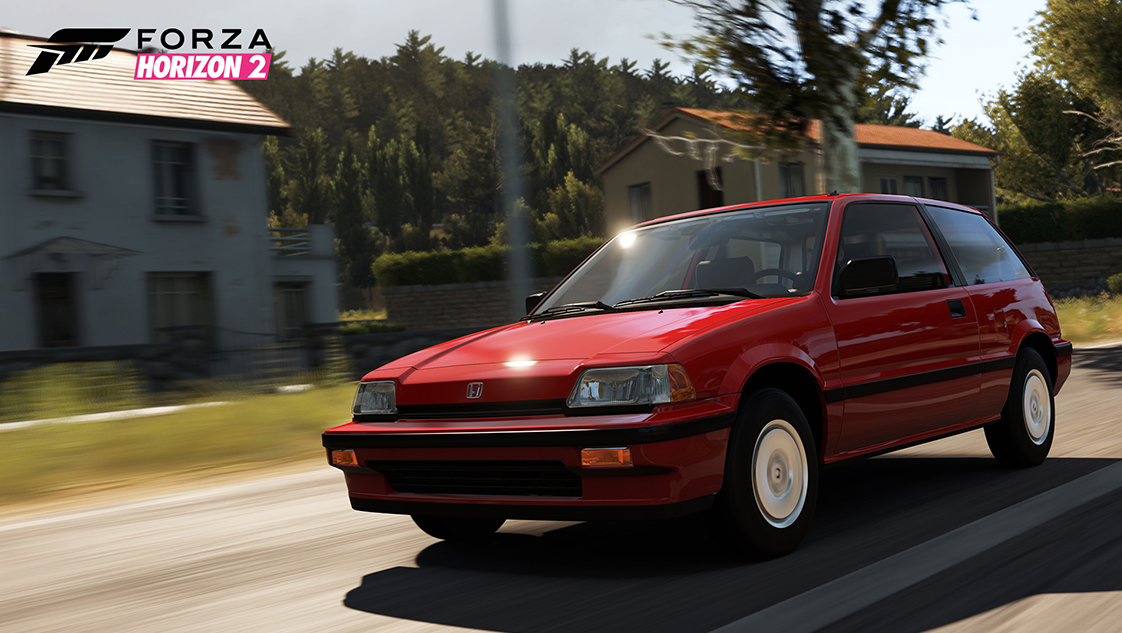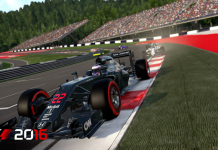Playground Games, the team that built Forza Horizon 2, has come out with another car pack, but this pack is a bit special compared to the others. Rather than partner with a big name like Top Gear to choose the cars, this pack features cars chosen by the developers themselves. Best of all, the pack is free for the first week! Dubbed simply the Playground Select Car Pack, this set of six cars features some of the most iconic badges in the world.
The headliner for the pack is the new Volvo S60 Polestar which is the winner of both Touring Car and V8 Supercar races, but that is maybe the least exciting car on this list. If you really like Hondas, the classic 86 Civic SI hatch is returning, for Ford fans you get the Mustang II King Cobra, and all the Mopar people can get excited about the 69 Dodge Charger Daytona HEMI. If you are a fan of obscure Italian cars, the 52 Fiat 8V Supersonic should be right up your alley, but my favorite car from this list is British. Easily one of the most influential and well-known cars in the world, the 1997 McLaren F1 GT is a petrolhead king. Only three were ever produced making it one of the rarest versions of one of the world’s fastest cars.
Now remember, this car pack is free until August 11th, but you have to download it in a very specific way to get it gratis. Instead of searching the Xbox Store, you need to open up the Forza Hub Xbox One app and click the proper link to be taken to the free download. Now stop reading this and go get your free cars already.
As a bonus, you can see photos of each car new car below, followed by a quick overview of each one.
PRESS RELEASE
2015 Volvo S60 Polestar
The Swedish carmaker may be best known for building safe family cars but, as anyone who has ever pushed them hard can tell you, performance has always been the heady undercurrent to Volvo’s safety-first mentality. Polestar is Volvo’s racing division that has dominated the Swedish Touring Car Championship and snatched surprise results in Australia’s V8 Supercars with young driver Scott McLaughlin at the S60’s helm. In the limited-production, road-going S60 Polestar, a 345-horsepower turbo-charged inline six meets a Haldex all-wheel-drive system for a thrilling driving experience. Of course, all the safety and comfort you expect from Volvo is included. But in this case, performance is at the forefront.
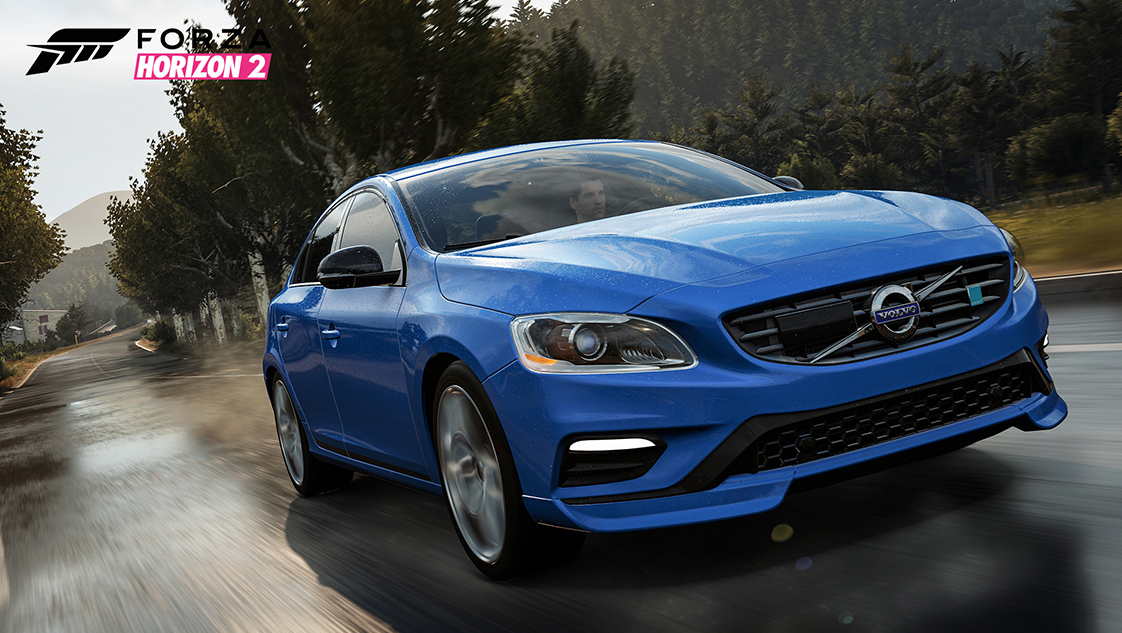
1969 Dodge Charger Daytona HEMI
While the Charger Daytona Hemi is closely related (and from a few steps back, virtually indistinguishable) from the Plymouth Superbird, it actually predates the better-known car by about a year. The “aero” cars were created to out-do the Ford Torino Talladega, which was outcompeting the older Charger 500. The only way to go faster was either more power or a clever design. When the engineers did the math, they realized that power was not an option, so to the wind tunnel they went. The aero gear—the nosecone, flush rear window, and functional spoilers—added a lot of weight, but lowered the drag coefficient to just 0.28, making it incredibly fast. In fact, the Charger Daytona was the first NASCAR entry to do more than 200 mph, in the hands of Buddy Baker in 1970. Street cars were needed to homologate the racing variant, so Dodge built 505 street versions. As for the rear spoiler, there’s a controversy about whether its extreme height was for aerodynamics or to allow the trunk to open. Ultimately, it is functional and the trunk opens just fine, so it’s a moot point.
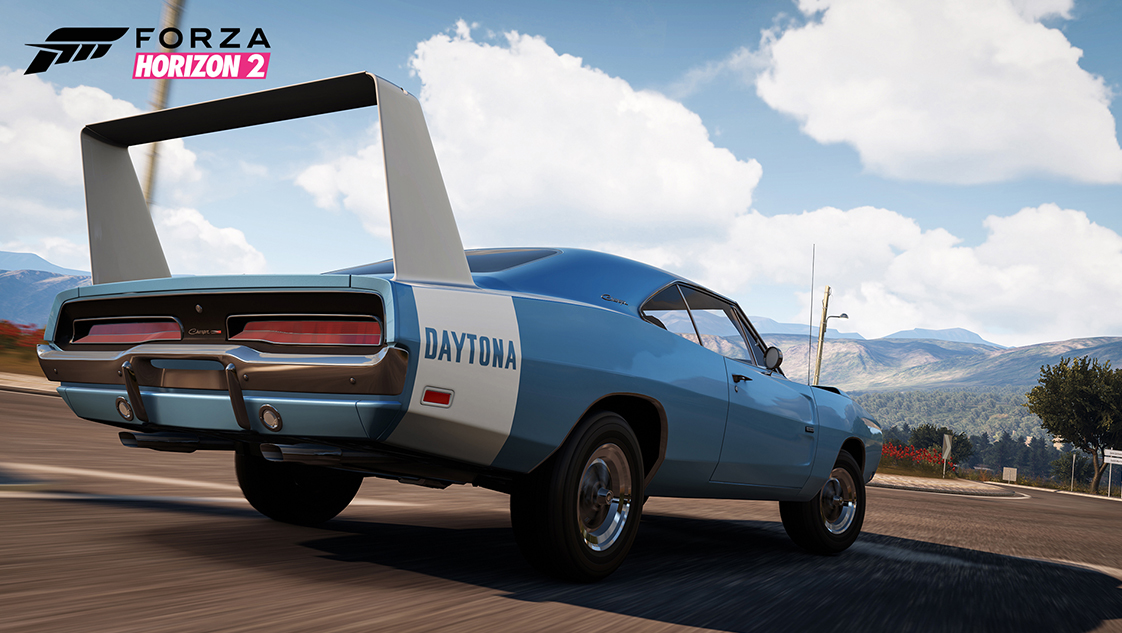
1997 McLaren F1 GT
Is the standard McLaren F1 too common for you? The F1 GT may be the answer to your problem, as just three were produced as Le Mans homologation specials. As the briefest glance will tell you, the primary change from regular (“short-tail”) F1 to the GT variant is the long tail and improved aerodynamics. That’s because the F1 was originally intended not to race, but rather to be the ultimate road-going supercar. It accomplished that in spades, but when it was finally decided to race the F1 at Le Mans, testing showed that to achieve the high speeds required and to be competitive, the GT would require the aerodynamic improvements. The Le Mans variant was known as the GTR, and it managed to secure second and third place at the 1997 race, proving that the modification program was largely a success. The road-going version was also a success from an enthusiast’s standpoint—an incredibly rare version of an already superlative car—perhaps the closest a lucky driver can come to taking one of McLaren’s incredible race cars out onto a public road. Or, more appropriately, a track with a straight long enough to explore the F1 GT’s top speed, if you dare.

1978 Ford Mustang II King Cobra
There’s a snake in the grille, instead of a pony, because this isn’t your ordinary Mustang II. It’s the King Cobra, the fanciest version on offer in the heady days of the late 1970s, when automotive visual flair was at its wildest. Available in a number of bold colors with bright red pinstripes, a huge hooded cobra menacing onlookers from the power-blistered hood, and the large “King Cobra” script on the tail and doors, there’s no mistaking it for anything else on the road. The sporty looks continue to the “lacy” pinstriped alloy wheels and the “5.0” badge on the hood bulge. The 302 cid V8 exhales through a pair of chrome exhaust tips poking out from under the ducktail spoiler on the trunk-lid. There are few cars that get you in the mood to pop in a period 8-track and rock out like the King Cobra. But if you’re not feeling nostalgic about the ‘70s performance, rummaging around in the garage will present numerous options for making this snake more vicious.

1952 Fiat 8V Supersonic
Fiat designed the 8V Supersonic to challenge their Italian rivals in racing’s 2.0-liter GT class. True to its intentions, this diamond in the rough made its mark on racing history, but went mostly unnoticed by the car-buying public. The 8V or “Otto Vu” was so named to avoid any conflict with Ford, who Fiat incorrectly presumed to have a copyright on the term “V8.” The minute 70-degree V8 under the hood breathed through dual Weber carburetors and was comprised of two four-cylinder blocks mounted on a common crankcase. The roughly 110-horsepower made by the 8V Supersonic’s engine proved to be a strong match for the V12s of Ferrari, Maserati’s straight 6, and Lancia’s V6. Contributing largely to the 8Vs success on track was a tube frame chassis with independent suspension all around. In Supersonic guise – a “jet-age” body designed by Ghia for the American market – the 8V is a standout. Only eight models were produced, making this driving experience a speedy rarity.
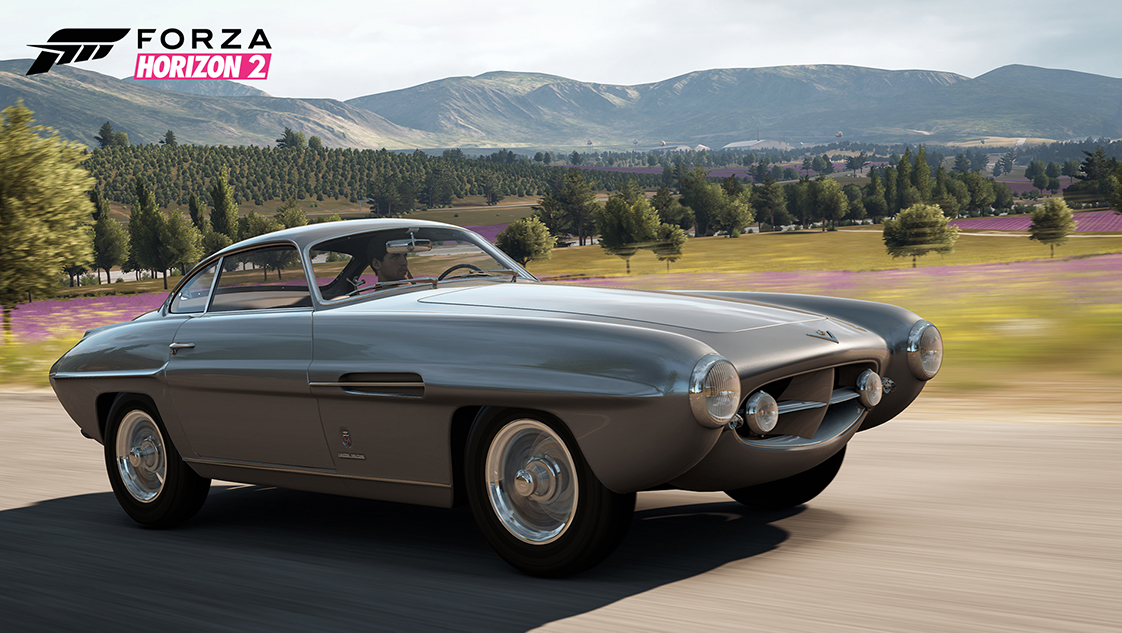
1986 Honda Civic Si (free car)
When Honda introduced the third generation Civic it blurred the lines between traditional hatchbacks and the European shooting-brake body style. It was at once a hit and with Honda reliability once again the masses flocked to the big “H.” Within the Si – the “i” standing for “fuel injection” – you find sporty features like a roof spoiler, color-keyed front air dam, and a full-width taillight panel. You will also find all of 91 horses under the hood that are ready to get up and go. That may not seem like much, but the Civic weighs less than 2,000 pounds and if you do the math the power to weight ratio is worthy of a test drive. Honda fanboys have been enthralled with the Civic in all its forms, this hot hatch from the eighties is ready for a tune that can smoke some big V8s and show its stuff. That is likely to make Honda lovers of the rest of us.
